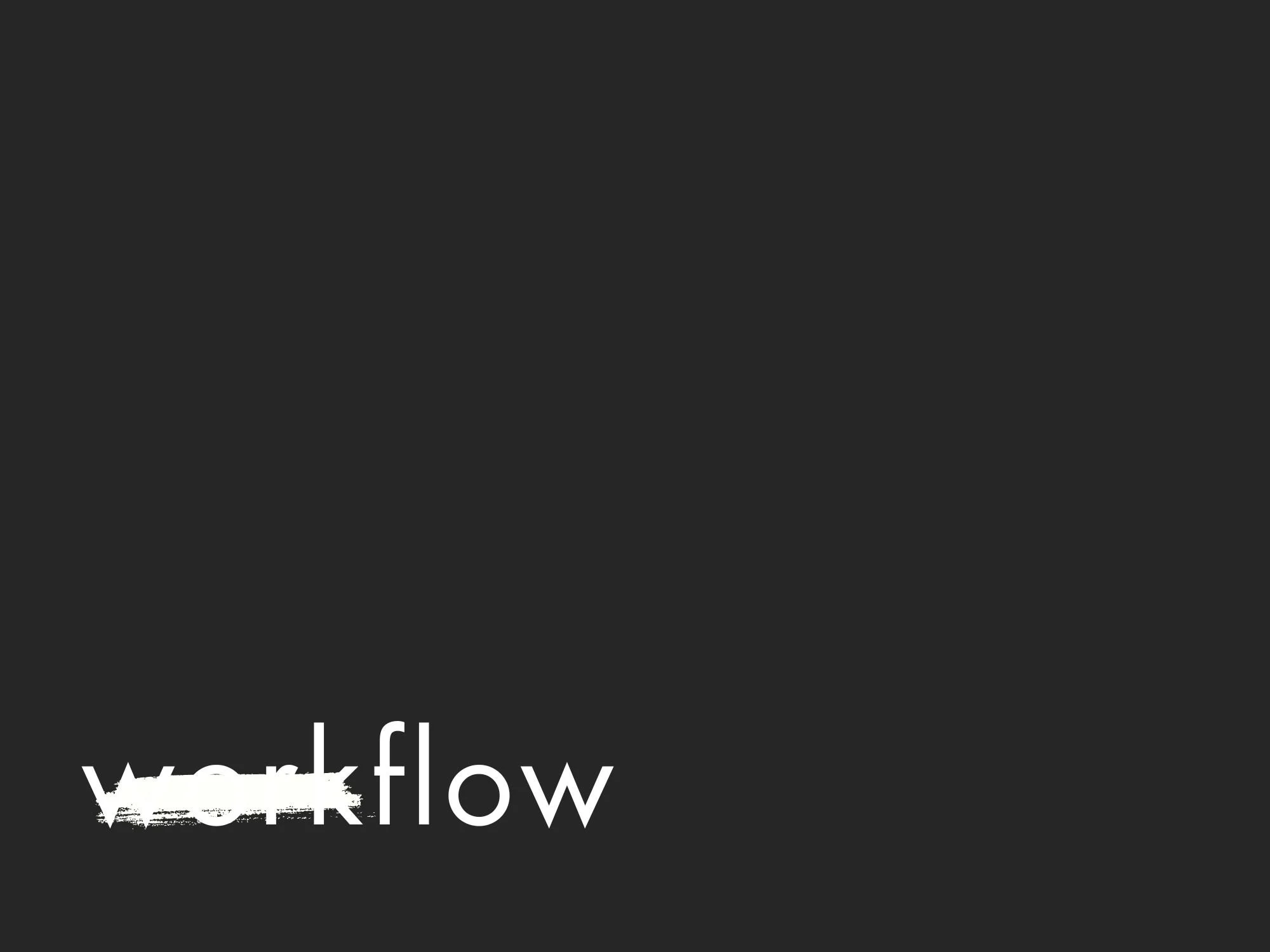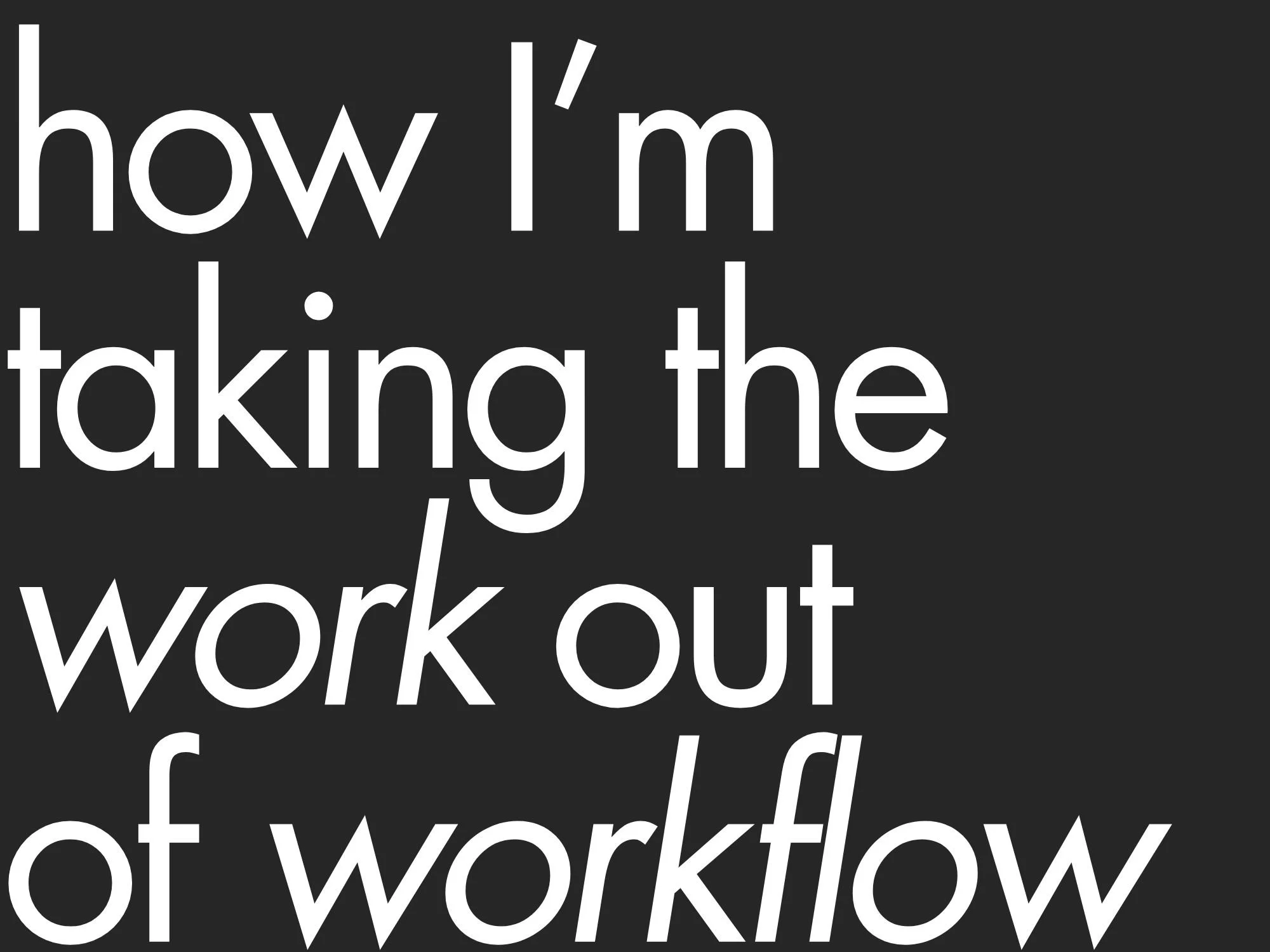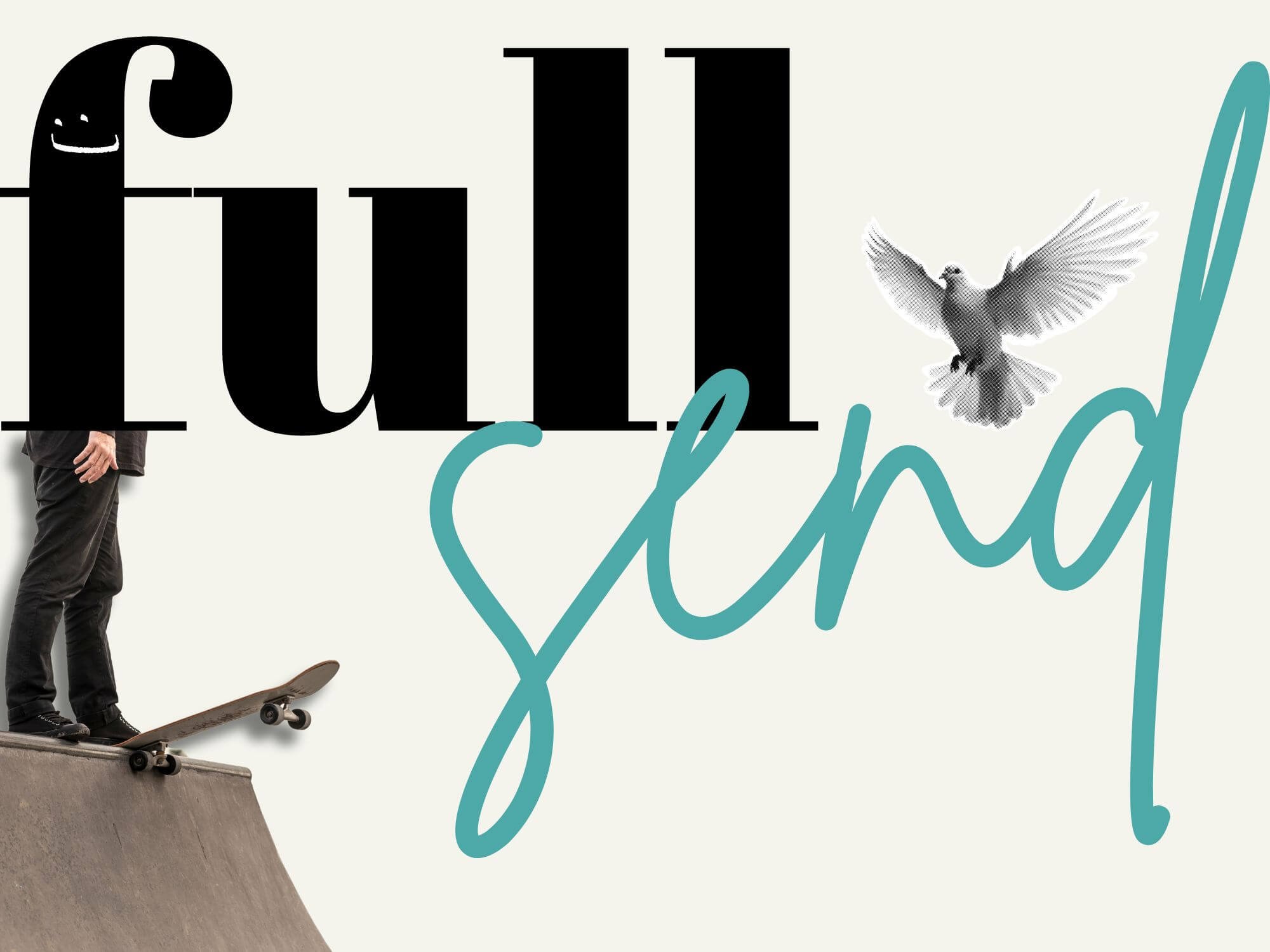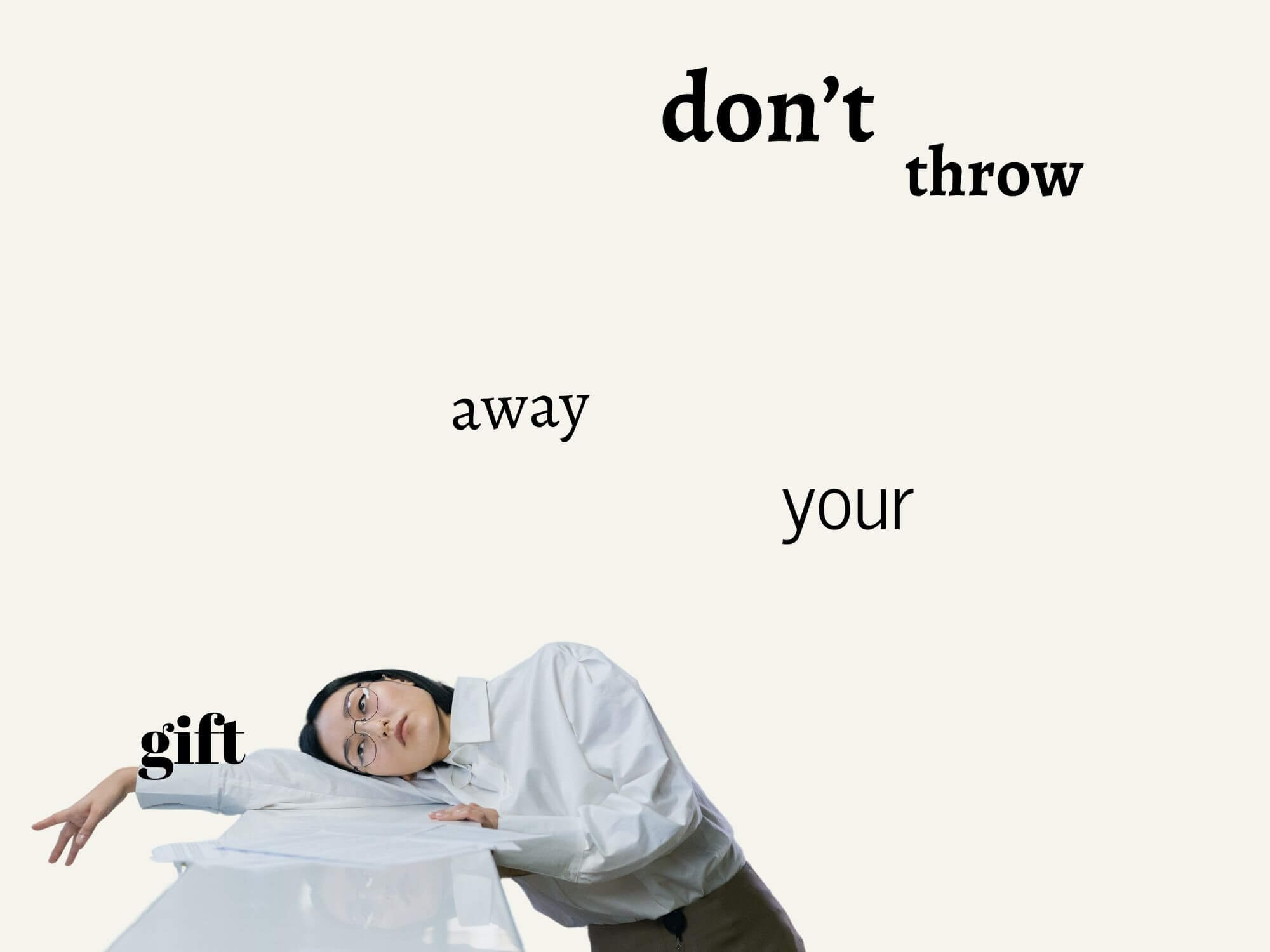The Creative Workflow Is Broken
Creativity is fcking messy. Flow state isn’t a template you can buy on Etsy. And there’s no single formula that can be recycled across domains.
Even if you have a tested personal system, random sparks of magic in the middle of that calculated process will still show up. So it’s important we don’t see these things as de-optimizing wrenches, but as opportunities to play and be unpredictable.
That is creativity, isn’t it?
There will always be moments that call for a system. It’s called admin.
But when it comes to creativity, the messier, the better. After all, it’s an intuitive experience to be played with, not always to be understood.
Creativity is not a math problem to be solved or something to be outsourced to a bot just to save a few minutes.
Wasted time is exactly the kind of space creativity needs.
And so, throw away your perfect and pretty creative workflows. They are broken. It tries to box in something that’s naturally box-less.
We’re too human for that kind of thing. We’re not a spreadsheet or an algorithm. We are container-less.
Let’s explore the anti-workflow.
Table of Contents
Hey there, just a heads up that some of the links in this post may be affiliate links. That means I earn a small commission. This is at no extra cost to you, but helps me keep the lights on. Thank you for your support!
Are We Asking the Wrong Question?
In a world obsessed with hyper efficiency, it seems everyone’s keen to answer the question:
“How can I optimize this better?”
This being anything.
But maybe some things should be left alone.
Clunky, messy and time-wasting.
This is post-luxury living and extends into the creative process. So maybe we’re asking the wrong question. Maybe we should be asking:
“SHOULD I be optimizing this?”
In creative work, true speed and efficiency don’t come from the right workflow. They come from:
Knowing your craft through and through
Leaning into the moment (flow state)
Your workflow won’t make you “good” if you’re not yet good.
But flow leads to skill. And skill leads to more flow, which creates speed. It’s a feedback loop.
Find flow, not the right template.
Find joy in the process, not a system attempting to manufacture it.
So If No Creative Workflows—Then What Do Now?
Let’s call it vibe productivity.
And yes, I’m totally hopping on a trend (vibe coding, vibe marketing…etcetera).
Vibe productivity is the art of harnessing, listening to, trusting and acting on your intuition and gut feelings.
It feels like post-productivity, as we collectively agree that over-optimizing every corner of our life for efficiency isn’t the answer.
Below are some ways I try to vibe my way to actually getting shit done.
I’m not perfect or some ultimate source, but it’s what’s working for me right now.
Tips—On Vibe Productivity and Using Creative Workflows Like A Kick-Ass Artist
1. Staying Adaptable
When unexpected magic inevitably comes, there’s no formula or X-step process to get it out. You just purge whatever needs to get out.
This intuitive pull usually means shifting directions, trying something new, disrupting whatever plan you had or even throwing the whole project into the garbage.
I say, follow that feeling and don’t judge it. See where it leads you.
So if you must use a creative workflow, keep it loose. Be open to sudden shifts, extra steps and a little chaos.
Stay adaptable, friends.
2. Practicing Intuition
At the core of post-productivity is intuition. This means learning to listen to, harness, trust and ultimately act on your creative intuition.
I won’t go into the many ways to do that here, but don’t feel discouraged if you suck at this at first.
For me, it’s usually the thing that makes you immediately excited (before the monkey brain jumps in and overthinks everything).
3. Optimizing for Flow
There are some things you can do to set yourself up for optimal flow state experience.
Creative flow is when you’re so lost in the moment, you lose track of time and create without the logical mind. That’s the goal here.
It can’t always be forced, but there are some simple ways to optimize for it:
Have your studio set up and ready to go
Sharpen your skills (or close any glaring skills gaps)
See spontaneity through (don’t just jot down the idea for later…flesh it out)
Do things you actually love
Design a creative lifestyle
Have fun (it should mostly feel like play)
“Don’t be careful, you could hurt yourself”
4. Being Unapologetically Human
I don’t have all the answers. But I do have some ideas that feel right to me right now.
To be unapologetically human, lean into being:
Messy
Illogical
Chaotic
“Wrong” on purpose
The things that feel or come most natural
An ambassador to your life experiences, skills, talents and interests
This sorta looks like a formula for building a personal branding, right?
5. Being Chill
“The things you spend time on while procrastinating is probably what you should be doing for the rest of your life.”
Not everything needs to be finished.
Sometimes, wasting 3 hours on a color palette is cathartic, well and good. That color session may even lead to some random insight that prompts some random sequence of events that butterflies itself into some grander result.
I don’t know how these things work, and I don’t care either.
But if it feels like play, I’m in.
Want More? Nice. Here’s More.





